When you think of Mexico, you probably picture the white-sand beaches of Cancun, luxurious resorts perched along Cabo’s sunny coast, and lively food markets of Mexico City. That’s no surprise, because Mexico is the most visited country in Latin America.
Mexico has a well-established travel route, with popular cities like Cancun, Tulum, Oaxaca, Mexico City, and Cabo San Lucas getting the most attention from foreign visitors. But there’s also a different Mexico: less famous and uncrowded but not any less spectacular.
If you want to get off the beaten path and see the side of the country that most tourists miss, this article is for you. The cities on this list are perfect if you want to explore the hidden jewels, where you won’t find crowds but will enjoy an authentic vibe, delicious regional food, and plenty of culture.
1. Morelia
 Morelia, Mexico (Daria Bachmann)
Morelia, Mexico (Daria Bachmann)Morelia is one of Mexico’s best-kept secrets. Despite the relatively low number of international tourists, it easily rivals popular destinations like San Miguel de Allende or Oaxaca. Established in 1541, Morelia is one of the oldest cities in Mexico, and to this day, it boasts well-preserved colonial architecture and world-class museums that showcase the key events from the country’s history.
The city also has a vibrant arts scene, with several free museums, and an annual Morelia International Film Festival that draws people from around the world. The city is renowned for its gastronomy, from the famous carnitas and corundas to uchepos and atole de grano, all deeply rooted in the indigenous Purepecha culture of Michoacan.
2. Queretaro
 tank_bmb/depositphotos
tank_bmb/depositphotosJust 3 hours northwest from Mexico City by bus, Santiago de Querétaro (shortly called Queretaro), is a cultural hub of the region with plenty of history, culture, gastronomy, and without the overwhelming tourist crowds.
This colonial city offers an authentic Mexican experience far from the usual hotspots, including San Miguel de Allende just to the north of it. Queretaro boasts the UNESCO-listed historic center, where cobblestone streets lead to vibrant plazas, centuries-old churches, and baroque mansions that whisper tales of Mexico’s storied past.
Querétaro’s culinary scene is just as rich. Here you can savor enchiladas queretanas, sip on artisanal mezcal, and indulge in cheese and wine. The state of Queretaro is the second-largest wine-producing region in Mexico after Baja California, and you can try local wine in many local restaurants .
3. Loreto
 Loreto, Mexico (Daria Bachmann)
Loreto, Mexico (Daria Bachmann)Loreto is a colonial town in the heart of the Baja California desert that’s still not known to the majority of travelers partially because of its remote location. It boasts a unique blend of culture and ecotourism thanks to whales, dolphins, and even orcas that often show up near its shores.
The first permanent European settlement in Baja California, Loreto is home to Misión de Nuestra Señora de Loreto, a 17th-century mission that marks the start of the historic El Camino Real trail.
The nearby Loreto Bay National Park is a UNESCO marine reserve with gorgeous volcanic islands, pristine beaches, and abundant marine life. You can take a boat tour from Loreto to see dolphins, sea lions, and even blue whales from January to March.
4. Campeche
 Campeche, Mexico (Daria Bachmann)
Campeche, Mexico (Daria Bachmann)The main attraction of Campeche is its candy-colored old town listed as a UNESCO World Heritage Site. But Campeche is more than just photogenic architecture. It’s surrounded by old defensive walls, which were built by the Spanish to protect the city from the pirates that were roaming the area back in the day.
5. La Paz
 Playa Balandra in La Paz, Mexico (Daria Bachmann)
Playa Balandra in La Paz, Mexico (Daria Bachmann)La Paz is the capital of Baja California Sur, one of the two states that form the Baja California Peninsula. Although La Paz doesn’t have an impressive old town with colonial buildings or a rich history of other destinations on this list, it boasts some of the best beaches in Mexico and eco-tourism.
The city is a gateway to the Sea of Cortez nicknamed “The World’s Aquarium” by French naturalist Jacques Cousteau, because of its incredible variety of marine life. Whether you want to swim with playful sea lions at Isla Espiritu Santo, snorkel with whale sharks or see gray and humpback whales, La Paz has it all.
The beaches here are some of the best in Mexico with soft white sand, crystal-clear waters, and a fraction of the crowds in Cabo and many other popular beach towns around the country. Located just 35 minutes from La Paz, Playa Balandra is a crescent-shaped bay often called the most beautiful beach in Mexico.
6. Guanajuato
 camaralucida/depositphotos
camaralucida/depositphotosMany visitors skip Guanajuato in favor of San Miguel de Allende, a once quiet pueblo that turned into one of the most trendy destinations in Mexico. Yet, Guanajuato (the same name as the state where it’s located) is a delight for a curious traveler.
Guanajuato is known for its silver mining history and subsequent growth which paved the way for it to become a major player in the country’s push for independence from the Spanish. The historic center of Guanajuato is listed as a UNESCO World Heritage Site and home to several popular landmarks like El Callejon del Beso (the Alley of the Kiss), Museo de las Momias (the Mummy Museum), and Monumento Al Pipila, an observation deck which offers panoramic views of the city.
7. Hermosillo
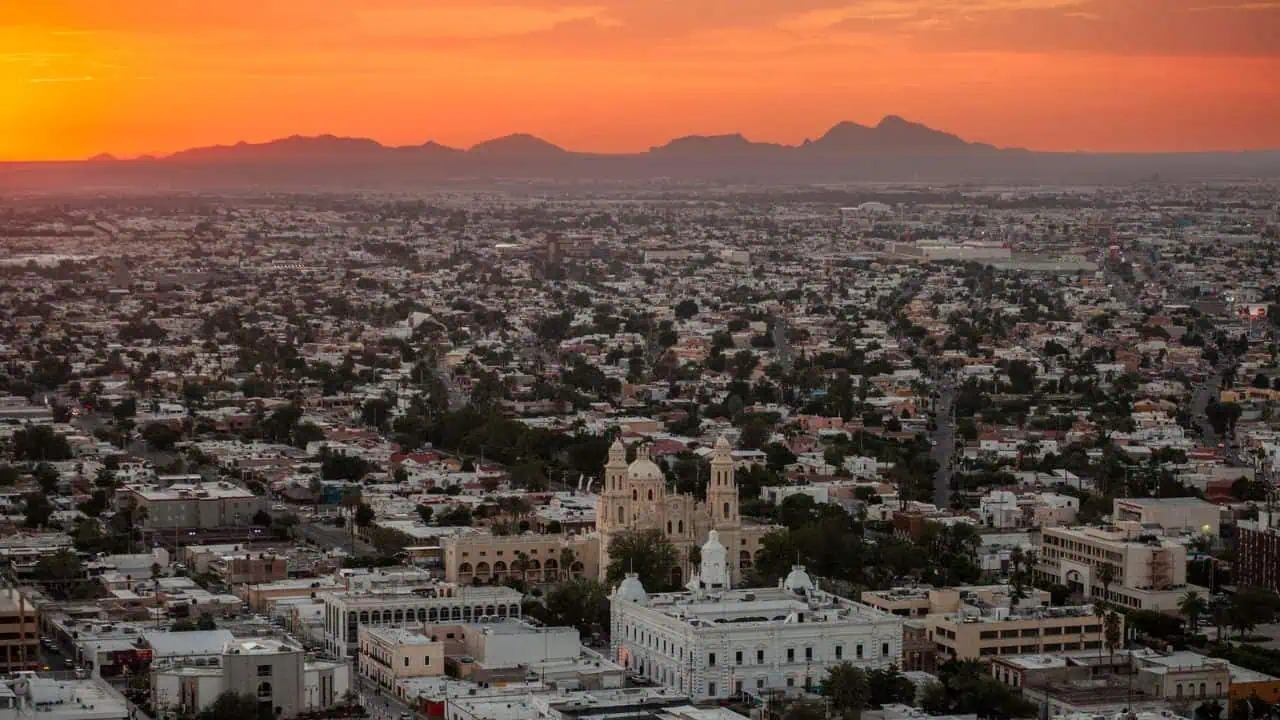 Cavan/depositphotos
Cavan/depositphotosIf you have never heard about Hermosillo, you are not alone: the capital of northwestern Sonora State is closer to Arizona than to most places in Mexico.
Hermosillo is not a tourist hub by any means, however, it offers an interesting take on northern Mexico and provides a getaway to many natural landmarks in the area including Isla Tiburon, the largest island in Mexico, the pristine beaches of Kino Bay (Bahia de Kino), and El Pinacate, one of the most spectacular natural reserves in the country that’s home to volcanoes and sprawling desert vistas.
Some of the most prominent landmarks in Hermosillo include the vibrant Plaza Zaragoza, Cerro de la Campana which provides an overlook of the city, and the historic Catedral de la Asunción, a 19th-century ornate church in the heart of the city.
8. Xalapa
 mattgush/shutterstock
mattgush/shutterstockDespite being a gateway to some of the most spectacular destinations in the state of Veracruz, Xalapa is not known to the majority of tourists. The city is often overlooked in favor of coastal towns, but it has a unique blend of culture, green hilly landscapes, and fascinating history.
The Xalapa Cathedral is the heart of downtown. El Museo de Antropología de Xalapa, one of the most important museums in the country is home to a collection of Olmec artifacts, including the famous giant stone heads, as well as historic pieces from the Totonac and Huastec cultures that lived in this part of Mexico during pre-Hispanic times.
Daria Bachmann
Daria is a travel writer who encourages her audience to get out of their comfort zone and explore more. She runs two blogs, the Discovery Nut and Explore Baja California, where she focuses on Mexico, and other adventurous destinations.







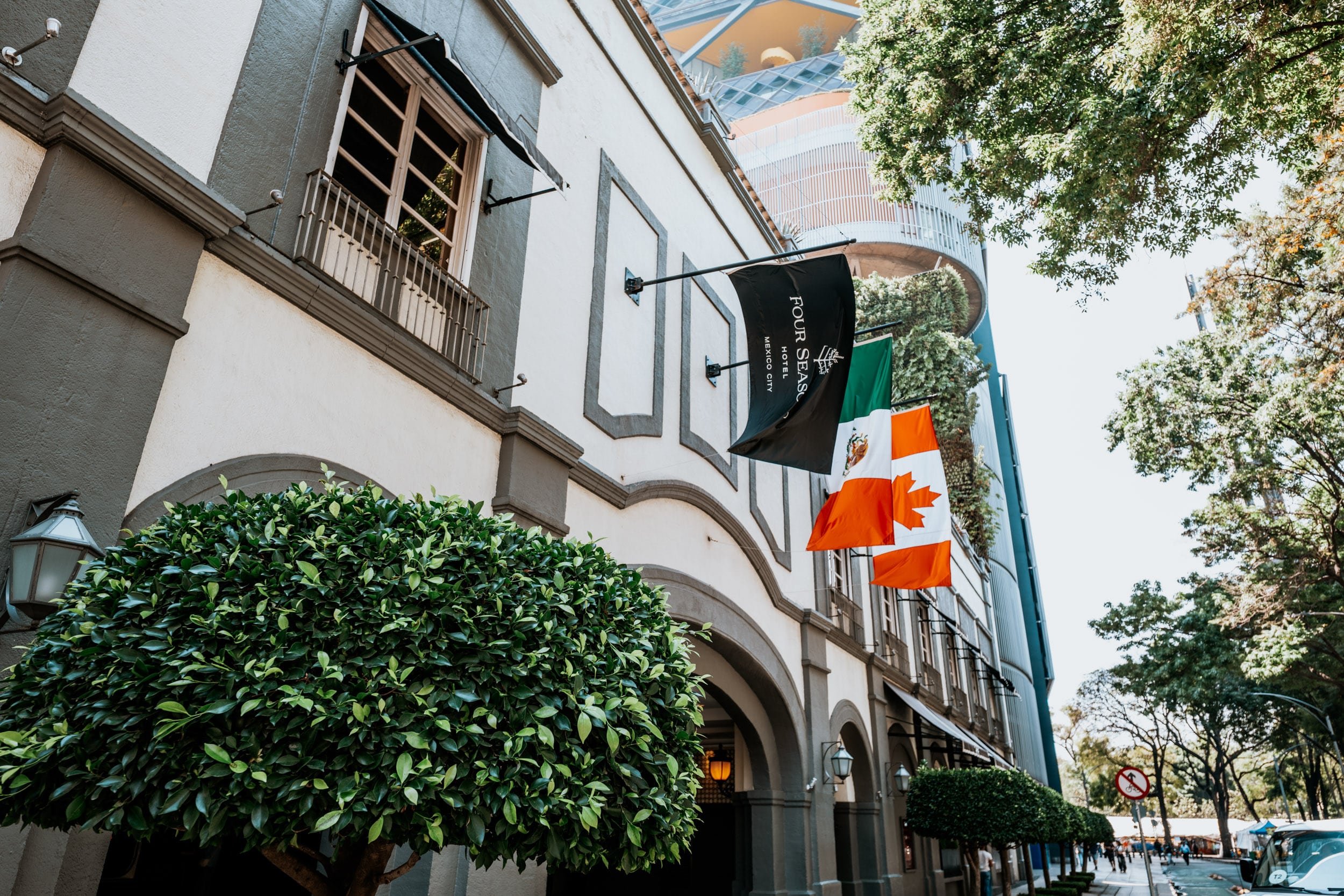




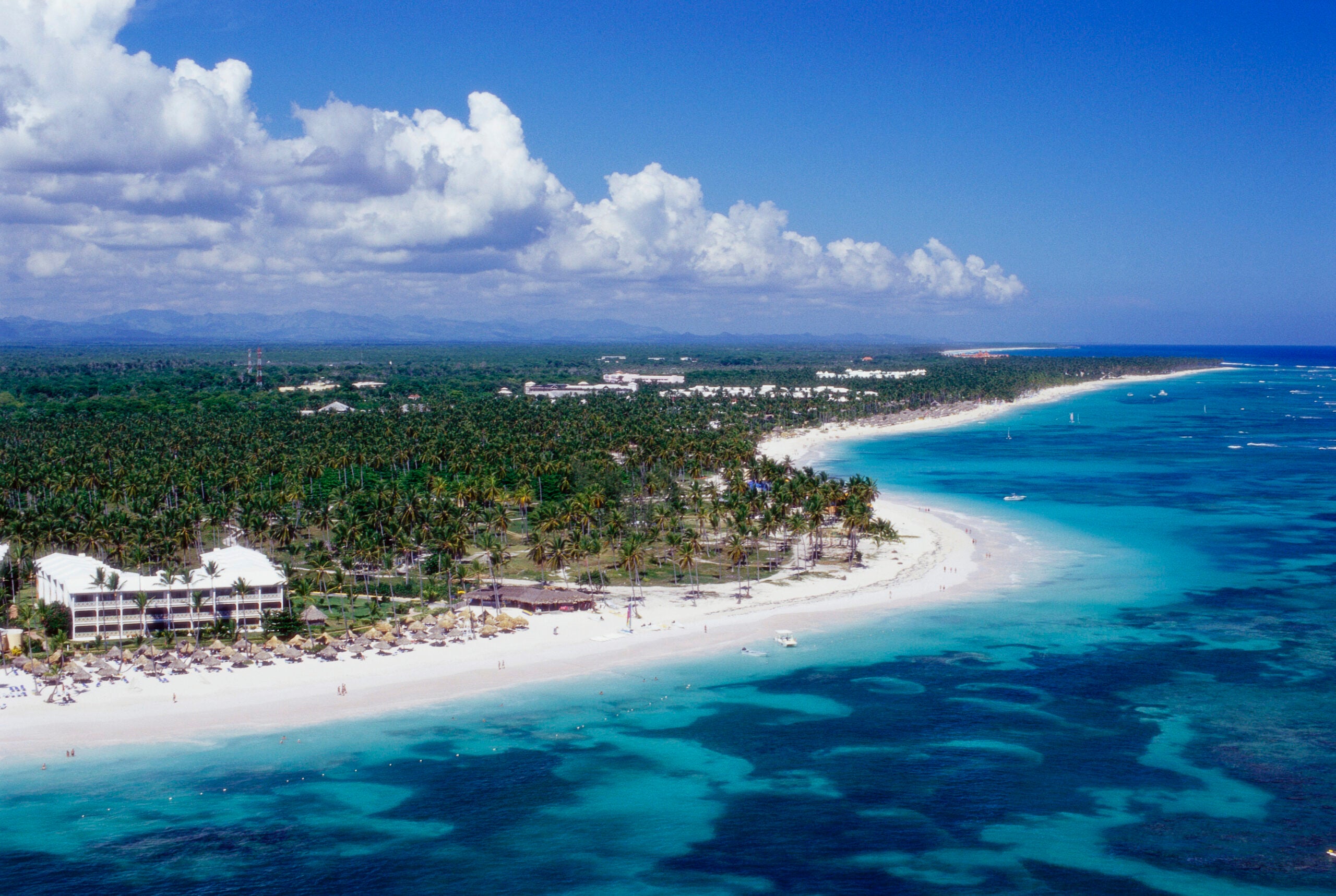

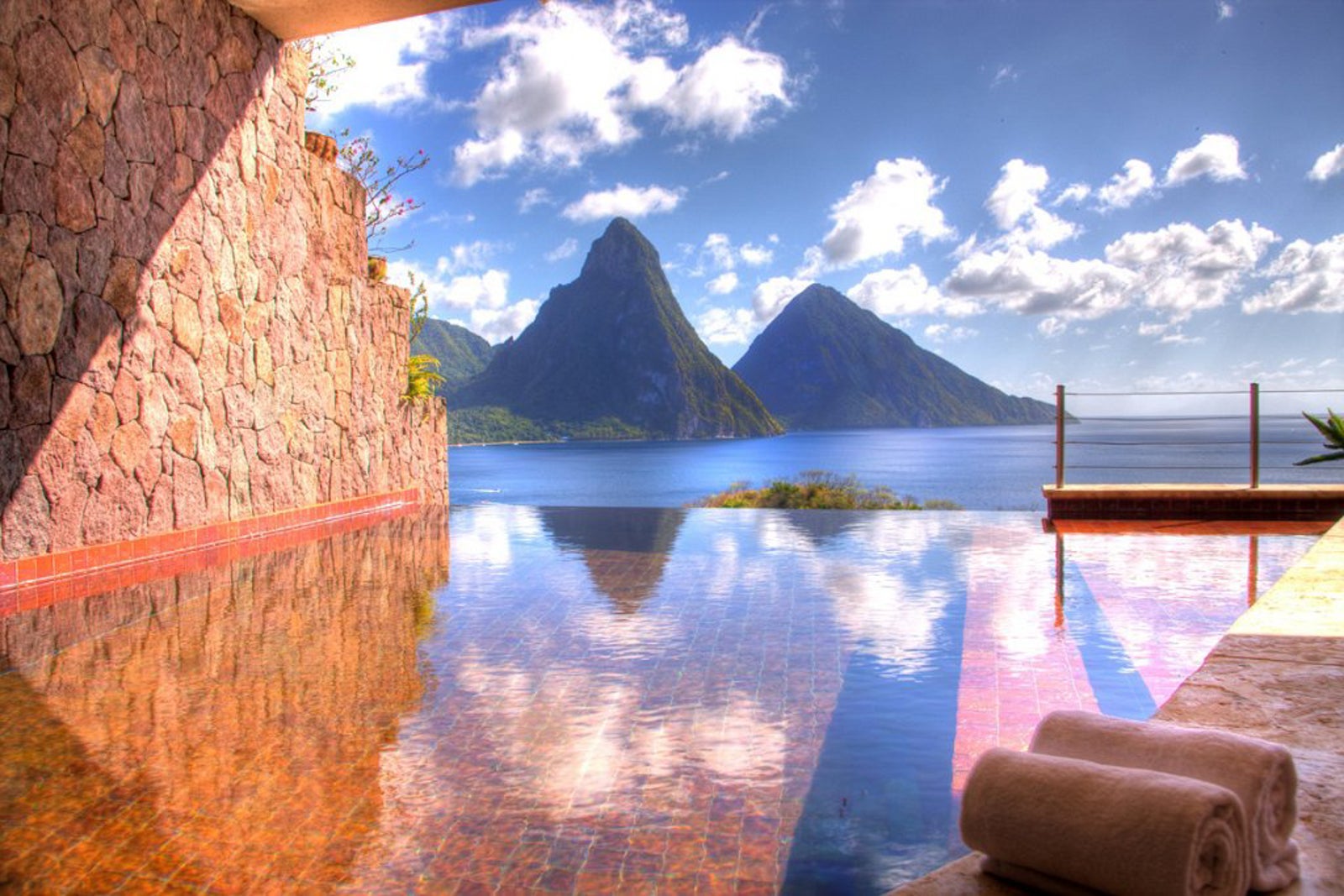




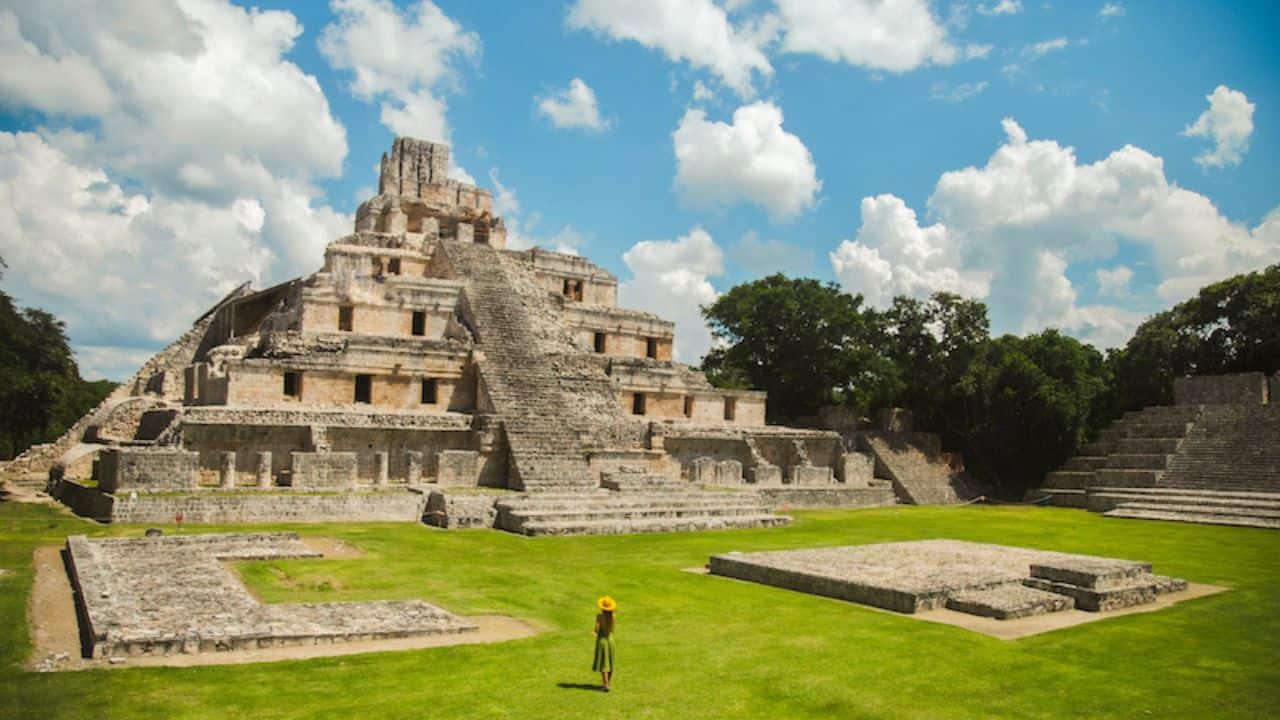
 English (US) ·
English (US) ·